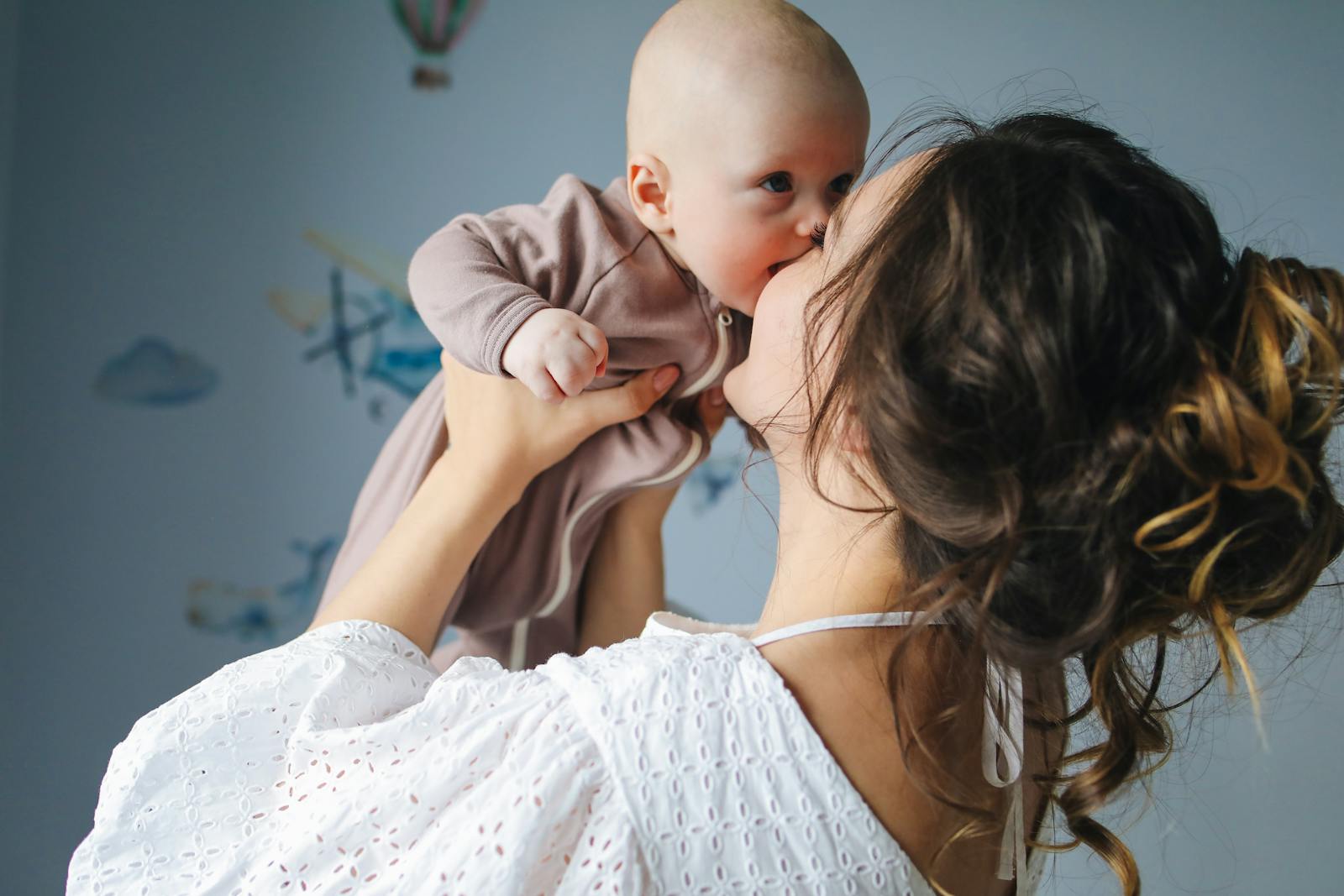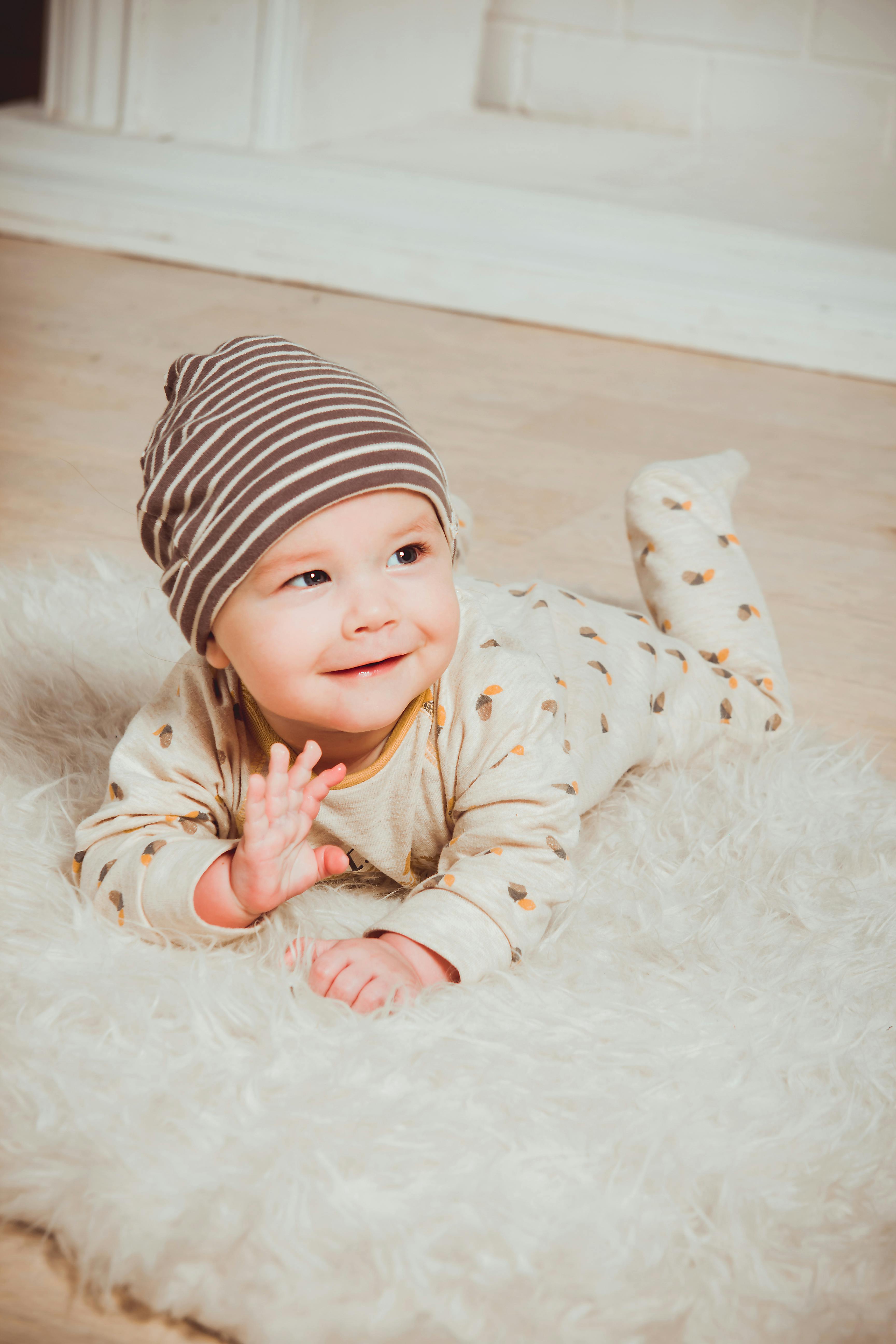Welcome to our blog, dear parents and caregivers! At Little Treasures, we believe that choosing the right clothes for your baby is more than just a matter of style—it's about ensuring their comfort, health, and well-being. In this guide, we'll walk you through the essential considerations for shopping for baby clothes safely and responsibly, helping you make informed choices that benefit both your little one and the planet.

Choose Natural, Breathable Fabrics
Your baby's skin is delicate and sensitive, making the choice of fabric crucial for their comfort and health. Opt for natural, breathable materials that are gentle on their skin and allow proper air circulation:
- Organic Cotton: Free from pesticides and harmful chemicals, organic cotton is soft, breathable, and ideal for sensitive skin.
- Bamboo: Naturally hypoallergenic, bamboo fabric is incredibly soft, moisture-wicking, and has natural temperature-regulating properties.
- Merino Wool: For cooler weather, merino wool is a gentle, non-itchy option that regulates body temperature and wicks away moisture.
Avoid synthetic fabrics like polyester and nylon, which can trap heat and moisture, potentially causing skin irritation or rashes. Also be wary of clothes labeled "flame-resistant," as they often contain chemicals that can irritate sensitive skin.
Prioritize Comfort and Safety
Beyond fabric choice, several design elements contribute to your baby's comfort and safety:
- Flat, Soft Seams: Check that seams are flat and soft to prevent chafing against delicate skin.
- No Scratchy Tags: Look for tagless options or clothes with tags printed directly on the fabric.
- Secure Closures: Ensure buttons, snaps, and other closures are securely attached to prevent choking hazards.
- Appropriate Necklines: Choose stretchy, wide necklines that won't press against your baby's neck or be difficult to get over their head.
- Room to Move: Babies need clothing that allows for free movement without restriction—avoid anything too tight or constrictive.
Remember that safety should always come before style. A simple outfit that keeps your baby comfortable and secure is preferable to a fashionable one that may cause discomfort or pose safety risks.


Buy with Sustainability in Mind
Making eco-conscious choices when shopping for baby clothes not only helps protect the planet your little one will inherit but can also be practical and economical:
- Quality Over Quantity: Invest in fewer, higher-quality pieces that will withstand multiple washes and can be passed down to siblings or friends.
- Gender-Neutral Options: Choosing gender-neutral colors and styles increases versatility and hand-me-down potential.
- Secondhand Shopping: Consider purchasing gently used baby clothes—babies outgrow clothing quickly, and secondhand items are often like new.
- Support Ethical Brands: Research and support brands committed to fair labor practices and sustainable production methods.
Remember that babies grow quickly, so you don't need to stock up on too many items in each size. Having a moderate selection of versatile pieces is more practical and sustainable than an overflowing wardrobe.
Care Instructions Matter
Proper care of baby clothes not only extends their lifespan but also ensures they remain safe and comfortable for your little one:
- Pre-Wash New Clothes: Always wash new garments before your baby wears them to remove any residual chemicals or irritants from the manufacturing process.
- Use Gentle Detergent: Choose fragrance-free, dye-free detergents specifically formulated for sensitive skin.
- Follow Care Labels: Pay attention to washing instructions to maintain fabric quality and prevent shrinkage or damage.
- Avoid Fabric Softeners: These can contain chemicals and fragrances that may irritate your baby's skin and can reduce the flame-resistance of certain fabrics.
Taking proper care of your baby's clothes not only protects their skin but also ensures the garments stay in good condition for longer, maximizing your investment and reducing waste.


Trust Your Instincts
While there are many guidelines for selecting baby clothes, remember that you know your baby best. Trust your instincts and observe how they respond to different fabrics and styles:
- Watch for Signs of Discomfort: If your baby seems fussy or develops skin irritation with certain garments, discontinue use regardless of fabric type or brand reputation.
- Adjust for Individual Needs: Some babies may have specific sensitivities or preferences that don't align with general recommendations.
- Adapt to Your Climate: Consider your local weather patterns and home environment when selecting appropriate fabrics and layers.
Remember that what works for one baby may not work for another. Be flexible and willing to adjust your choices based on your baby's unique needs and comfort.
Wrapping Up
Shopping for baby clothes can be a joyful experience when approached with knowledge and intention. By prioritizing natural fabrics, comfort, safety, sustainability, and proper care, you're making choices that benefit your baby's wellbeing and the world they'll grow up in.
At Little Treasures, we're committed to offering baby clothing that meets these standards, providing you with options you can feel good about choosing for your precious little one. We invite you to explore our collection, designed with both your baby and the planet in mind.
Have questions about selecting the right clothes for your baby? We'd love to hear from you! Contact us or leave a comment below.
